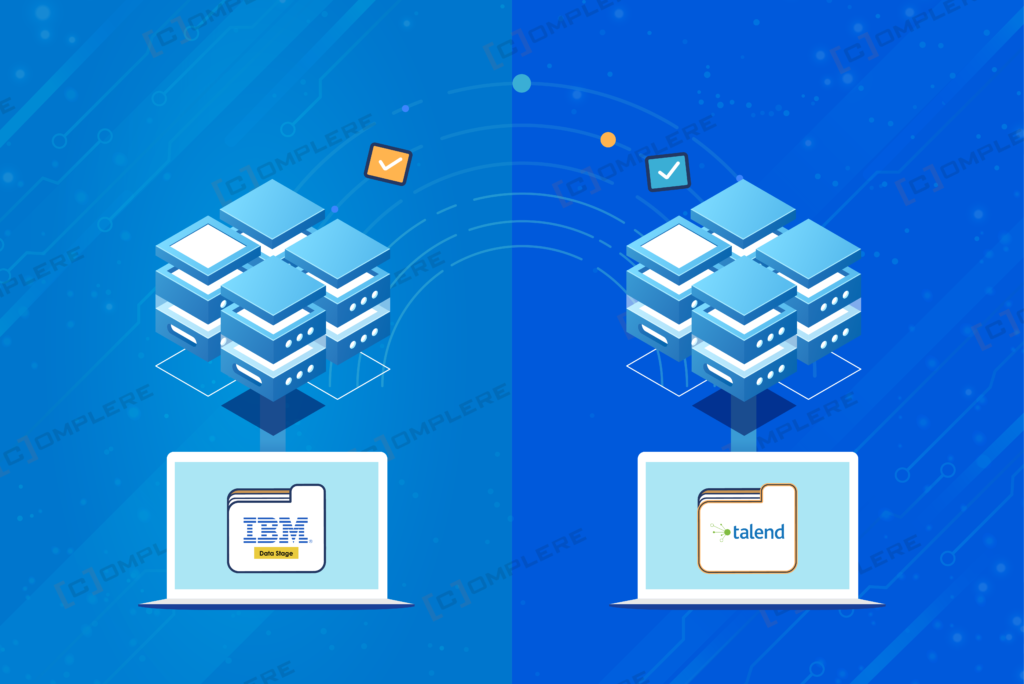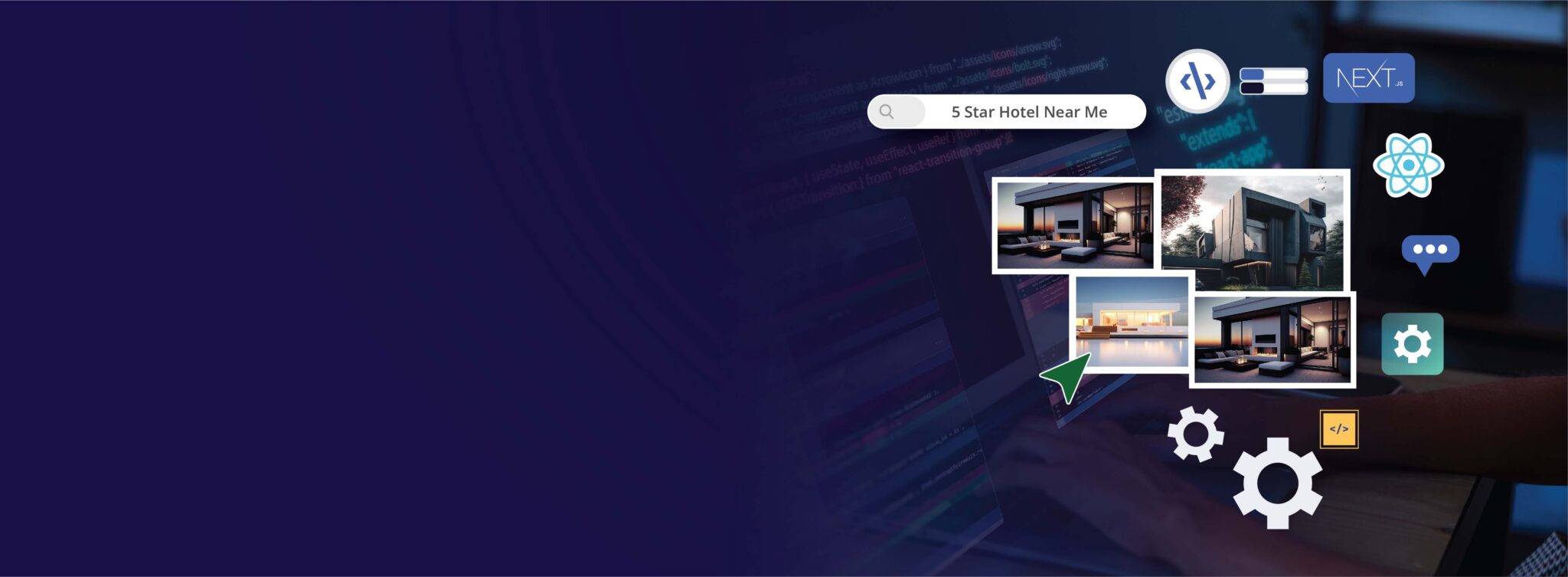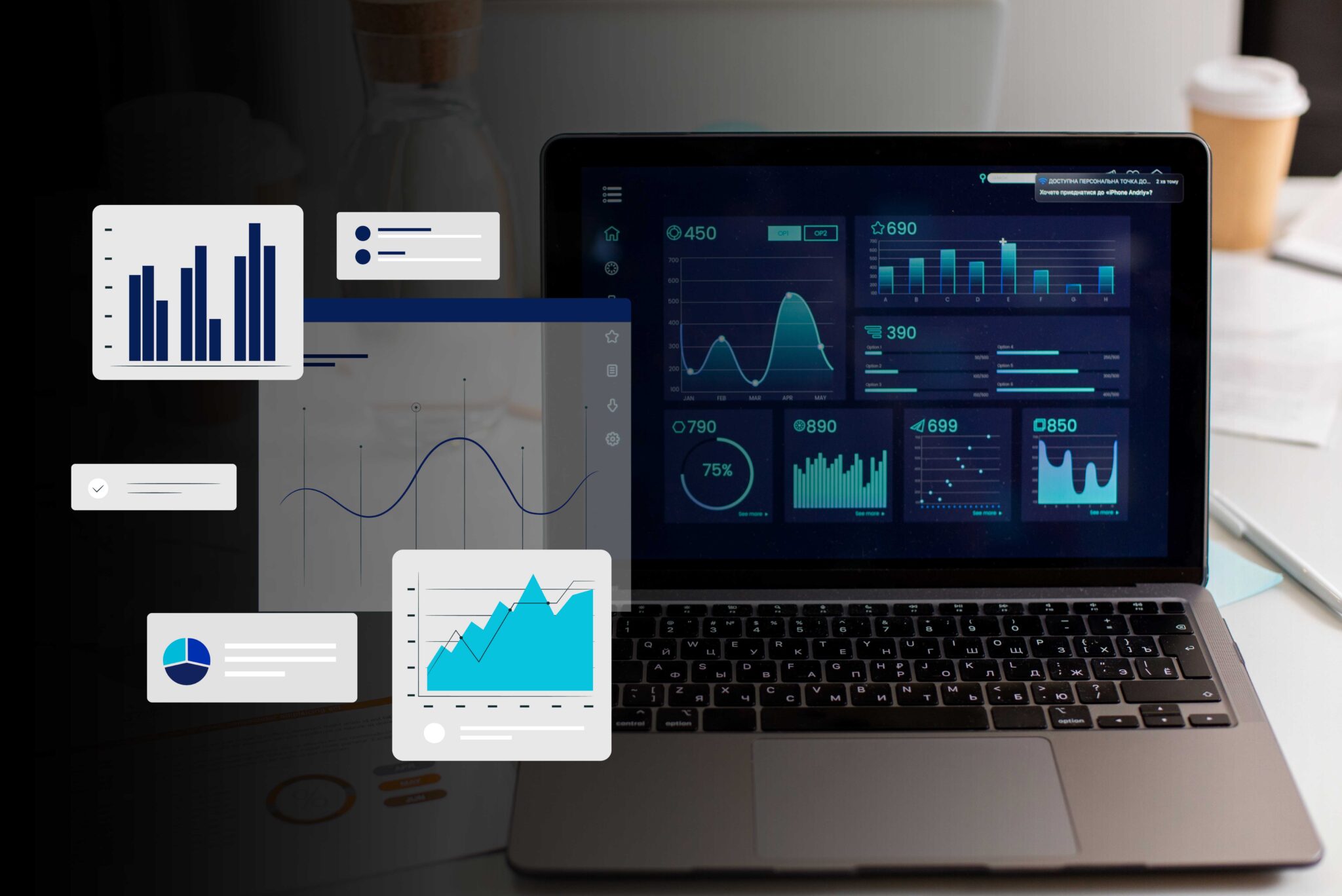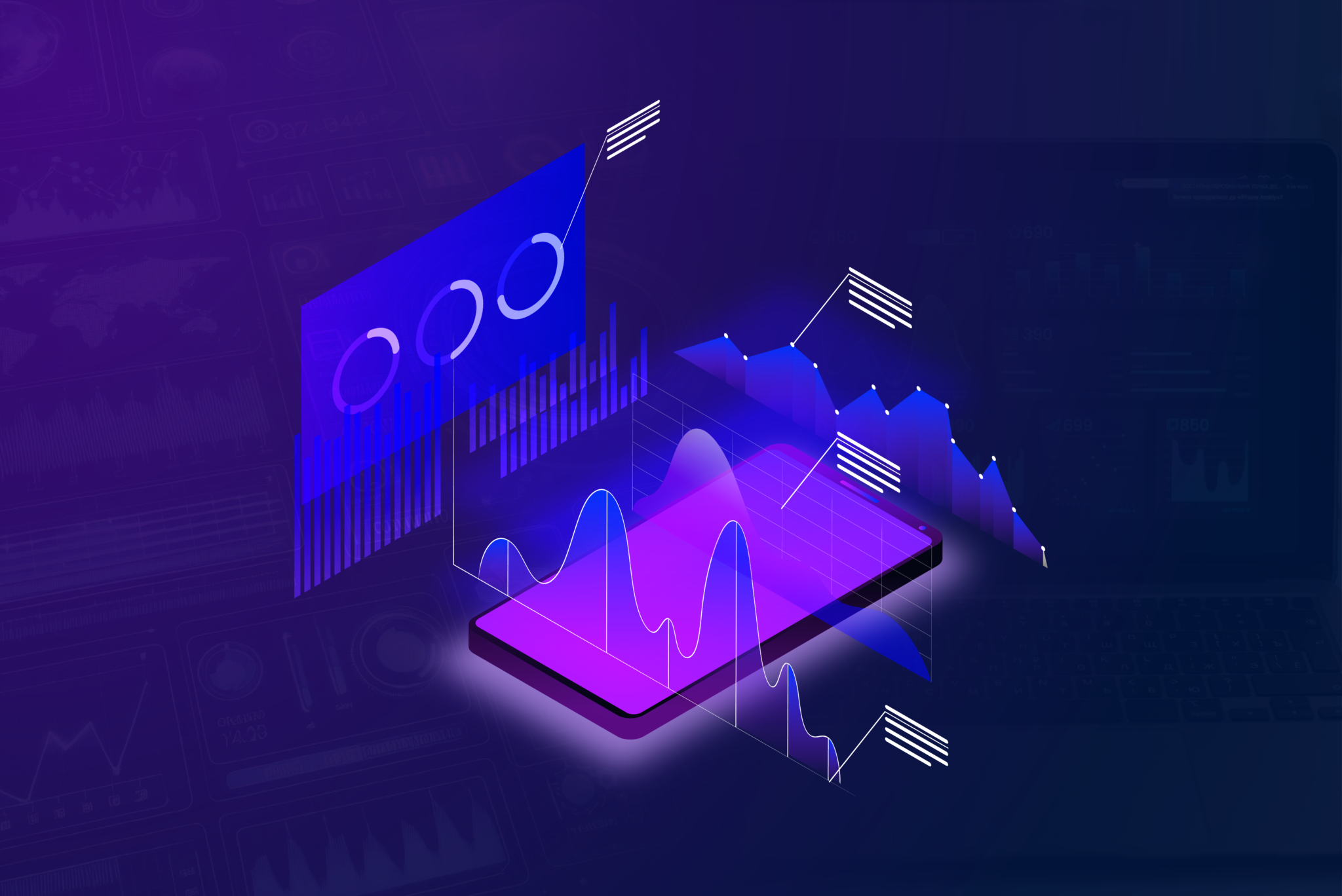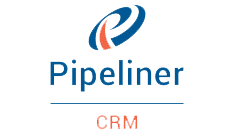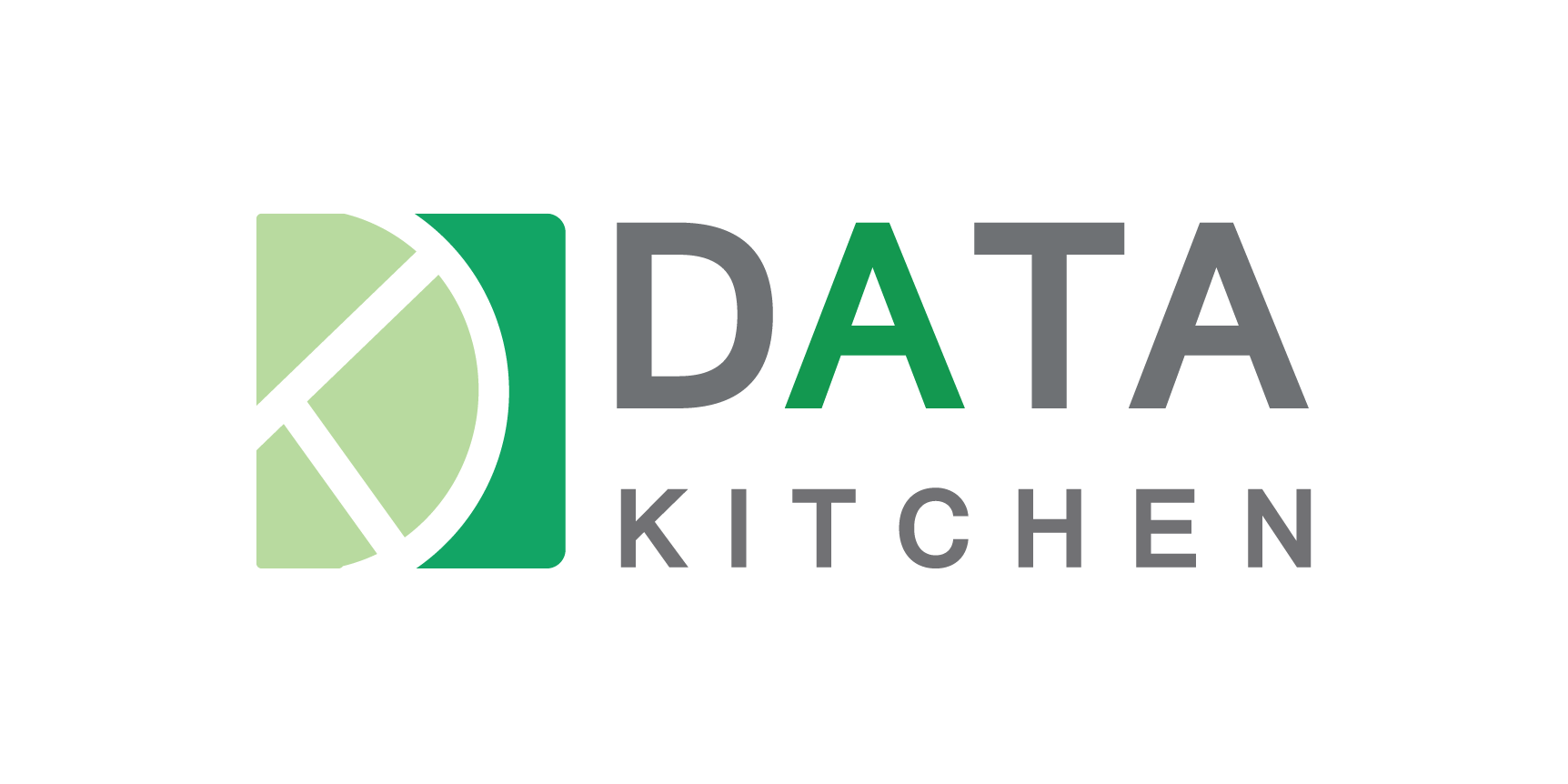Introduction
In today’s data-based advanced and competitive business world, businesses are engaged in constantly finding ways to simplify and optimize their data integration processes. Transitioning from one data integration tool to another is a complicated process. Especially when it comes to transferring from IBM DataStage to Talend. This transition brings an opportunity with it. It gives you a chance to improve your data integration strategy and utilize new features provided by Talend. In this blog we will discuss this transition in detail. Also, we will highlight the key features and benefits of both platforms and ways to approach a flawless transfer to Talend.
Understanding Data Integration:
What is Data Integration?
Data integration includes combining data from different sources into a unified and comprehensive view. This process is very important for businesses looking for meaningful information to make informed decisions in real-time and create cohesive data strategies. Data integration tools and platforms work efficiently in making this process perfect, flawless and reliable.
The Role of Data Integration Tools
Before you go ahead with further details let us first understand the role of data integration tools in innovating data integration logic IBM dataStage to Talend. This capacity makes it suitable for large-scale data management projects.
Key Features:
- Parallel Processing: This unique and efficient type of processing allows for effortless management of large datasets.
- Comprehensive Connectors: These connectors integrate with a variety of databases and sources. That makes the entire process smooth and error-free.
- Advanced Transformations: Advancement in any technology type brings ease. Just like that advanced transformation supports complicated data transitions through graphical interfaces.
Talend:
Talend is a versatile data integration platform. This platform offers a suite of multiple advanced and high-quality tools. Talend tools are designed to manage data integration, transformation and migration tasks flawlessly. Its open-source nature and strong focus on cloud compatibility make it a must have choice for almost all businesses in today’s modern and competitive data-based businesses.
Key Features:
- Parallel Processing: This unique and efficient type of processing allows for effortless management of large datasets.
- Comprehensive Connectors: These connectors integrate with a variety of databases and sources. That makes the entire process smooth and error-free.
- Advanced Transformations: Advancement in any technology type brings ease. Just like that advanced transformation supports complicated data transitions through graphical interfaces.
Why Transition to Talend?
Through the below-mentioned explanations let us understand why transition to Talend is important.
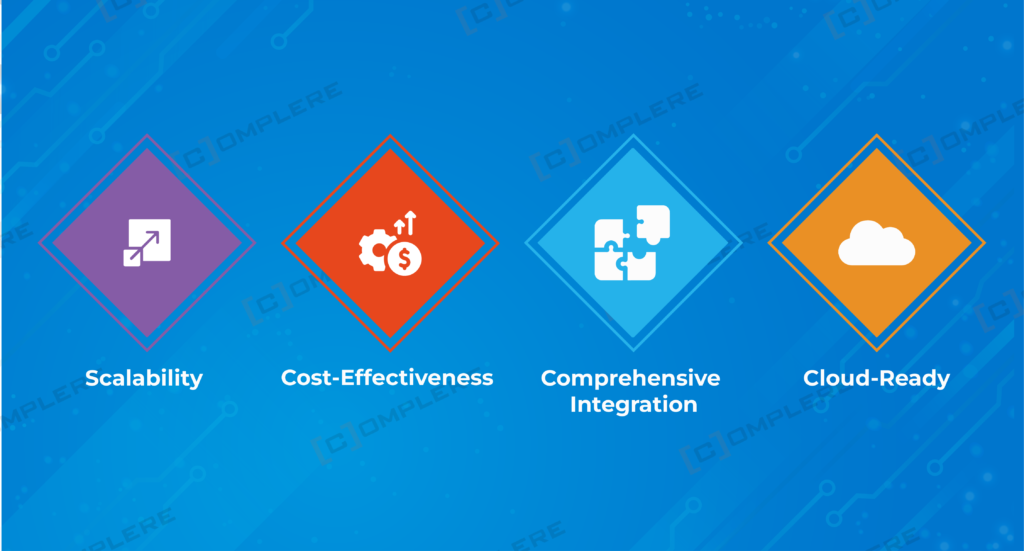
1. Scalability
Talend offers scalable solutions that adapt to your organization’s growth. It allows you to integrate additional data sources and applications effortlessly.
2. Cost-Effectiveness
Talend’s open-source model reduces initial costs, that is the biggest concern for businesses in the modern digital world. Also, its flexible pricing models allow organizations to choose solutions that easily fit their requirements and budget.
3. Comprehensive Integration
Talend’s platform integrates with a big range of databases, cloud platforms and applications. This comprehensive integration provides a comprehensive solution for today’s modern data ecosystems.
4. Cloud-Ready
Talend’s integration with cloud platforms makes it an ideal solution for businesses who are willing to transition to cloud-based data solutions.
Steps for Transitioning from IBM DataStage to Talend
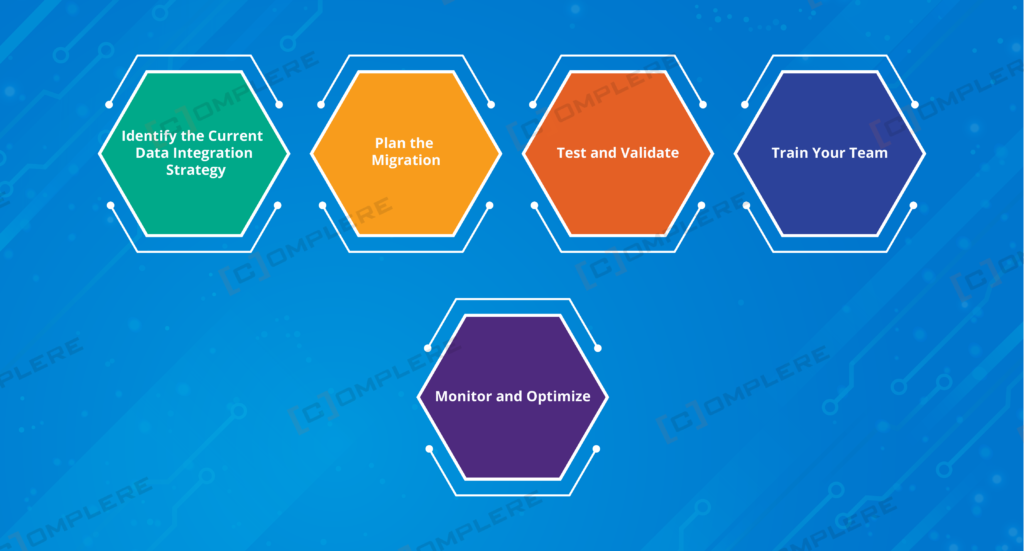
1. Identify the Current Data Integration Strategy:
Start by evaluating your existing data integration processes. Also make sure to identify strengths and weaknesses. The next you need to understand the capabilities of both IBM DataStage and Talend.
2. Plan the Migration:
As the next step you need to develop a detailed migration plan. Under this process outlining the steps are also required to transition from IBM DataStage to Talend. This should include data transfer strategies, timelines, and any necessary adjustments to data innovation.
3. Test and Validate:
Before you go with fully implementing the transition, there are a few more steps that you need to follow. Test the new system to make sure that all integrations, transformations and workflows are functioning as expected. This step is very important to avoid data loss and maintain data integrity.
4. Train Your Team:
Make sure your team is familiar with Talend’s interface, tools and functionalities. Training sessions can help users adapt instantly and increase the benefits of Talend’s platform. Training your team helps you with in-house experts and improved efficiencies.
5. Monitor and Optimize:
Once you are done with the transitioning process, next begin with monitoring your system regularly. This strict monitoring will help you to identify possible issues or optimization opportunities. Talend’s comprehensive analytics tools can help in this process.
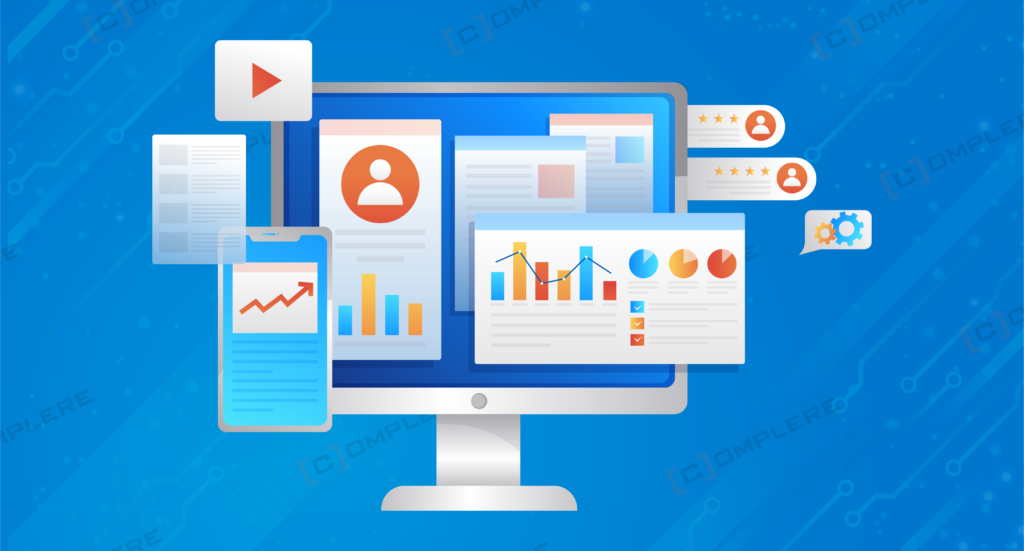
Transitioning from IBM DataStage to Talend provides you with a valuable opportunity. This opportunity helps your business to walk along with the speed and trends of the present modern and very competitive digital business world that depends on data on a big scale. This process is also important for organizations to modernize their data integration strategies. Talend’s technologically advanced set of features, including cloud integration, open-source flexibility and API integration, makes it an excellent option for businesses looking to improve their data ecosystems. The transition process requires careful planning and execution. That is not enough, the role of the right strategy is also very important. All these together can provide new possibilities for data management and integration.
Conclusion
In the fast changing and adapting to new trends and technology world of data integration, transitioning from IBM DataStage to Talend is a great solution. It provides businesses with a powerful platform to manage and innovate their data effectively. Talend’s open-source nature, comprehensive integration capabilities and cloud-ready features set-up it as a modern solution for today’s data-based organizations. By carefully planning the transition and utilization of Talend’s technologically advanced toolset has become an easy task. Businesses can approach new capabilities in their data integration strategies to successfully achieve goals and innovation.
Download a free Redshift Data Warehouse case study to deepen your understanding of this advanced solution.
Have a Question?



